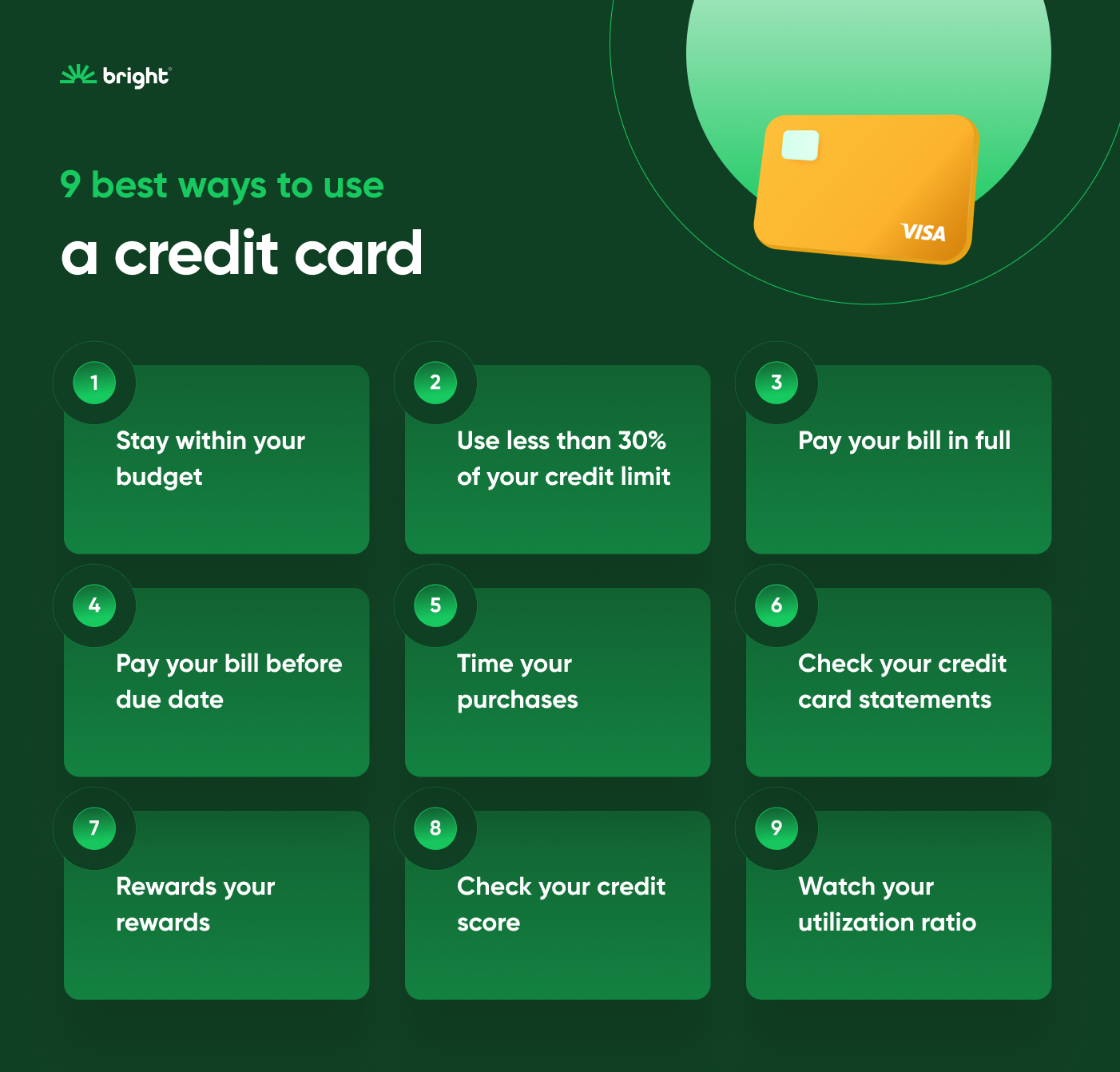.png)
Wohoo!
You are subscribed to our blog newsletter
Awesome!5 ways to keep your credit cards safe
To keep your credit cards secure, be mindful and cautious about how you share your information.
If not properly protected, credit cards can become targets for bad actors, leaving you at risk of identity theft. Here are five best practices for keeping your cards secure.
1. Enable security features
Credit card apps are handy ways to view a monthly statement or pay your bill, but they need to be properly secured. Two-factor authentication fortifies your account information by asking for a text or email confirmation in addition to the login. Even if someone were somehow able to obtain your login details, their access would still be prevented.
It’s also worth enabling account alerts for your credit card. You’ll be instantly notified about any suspicious behavior and have the chance to swiftly dispute a transaction if necessary. The chances of circumventing a breach are always higher if it’s brought to your attention in a timely manner.
Don’t forget to choose a complex password distinct from any you’ve used before when you set up your account. That means including numbers and symbols while avoiding guessable keywords like birthdays and pets. A password manager can help you generate safe passwords while also storing them for you in a secure way.
2. Be careful when sharing your card information
Relating your credit card information over the phone to a store or vendor is generally safe as long as you take care to do so in a private space where there are no people around to overhear you. Avoid emailing the information to anyone, and if a salesperson or website asks you to do so, that’s a red flag, and you should take your business elsewhere.
Never share or post an image of any of your credit cards on social media, even on a temporary medium like an Instagram Story (someone could always take a screenshot). It’s wise to treat your card information as sensitive data that should be kept private outside of transactions.
3. Shop online with vigilance
Make a point to do your online shopping at home or on a WiFi network you trust. Never type in your payment information while using public WiFi. In an unsecured network like that, a bad actor can take advantage by extracting your information.
Similarly, avoid shopping on any websites that don’t have “https” in the url. That extra “s” indicates that the site is “secured,” and without it, your credit card information could be at risk if you go to make a payment.
If prompted to store your credit card information on a specific website, always decline, as it creates another point of possible exposure. Even having it stored on your computer as an autofill isn’t a good idea, since anyone who has access or gains access to your computer would then be able to use your card.
4. Obtain a RFID blocking sleeve
Most credit cards manufactured in the last few years have the capability for contactless reading. Indicated by a small wave symbol on the card, contactless reading is the technology that lets you tap your card for payment rather than having to swipe or insert.
New technology brings new risks. Bad actors with remote readers can scan nearby credit cards, pulling out their information along with recent usage history. You can minimize your card’s vulnerability by investing in an RFID blocking sleeve, which will shield your card and block any remote reading attempts.
5. Diligently dispose of documents and old cards
It’s not just the credit card itself that you should try to be mindful of. Information can be stolen off the letter that comes with a new card as well as the document that lists your PIN number.
Simply tossing these types of papers in a wastebasket is a common mistake that raises your level of vulnerability. If one of those documents ends up in the wrong hands, your information would be compromised. Storing them in a secure place is an acceptable solution, but thoroughly shredding them is the safest course of action.
When you do receive a new credit card, it’s also important to properly dispose of the old one, since the number is usually the same, even if the expiration date has changed. A shredder that’s capable of handling credit cards is a good option. Alternatively, use a scissor to cut the EMV chip (the small square), and then make a series of other cuts, taking care to split up the numbers.
9 best ways to use your credit cards.
Bright makes safe payments for you
Bright uses bank-level security and encryption, only uses your data to make authorized card payments, and never shares or sells any of your data.
Instead of relying on apps or websites for your card payments, Bright makes smart and secure payments for you. Bright studies your finances and analyzes your card debts, looking at APRs, balances and interest charges, making smart payments optimized to pay off your cards fast. You can set your own pace, adjusting your goals any time, and can track your payments with custom alerts.
If you don’t have it yet, download the Bright app from the App Store or Google Play. Connect your checking and your cards in a snap, set a few goals and let Bright get to work.
Recommended Readings:
With a postgraduate degree in commerce from The University of Sydney, Pranay has his finger on the pulse of the finance industry. Breaking down complex financial concepts is his forte.









